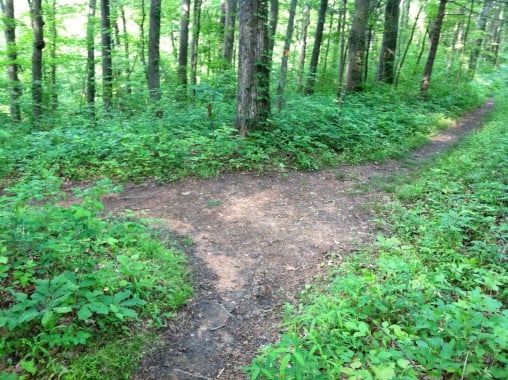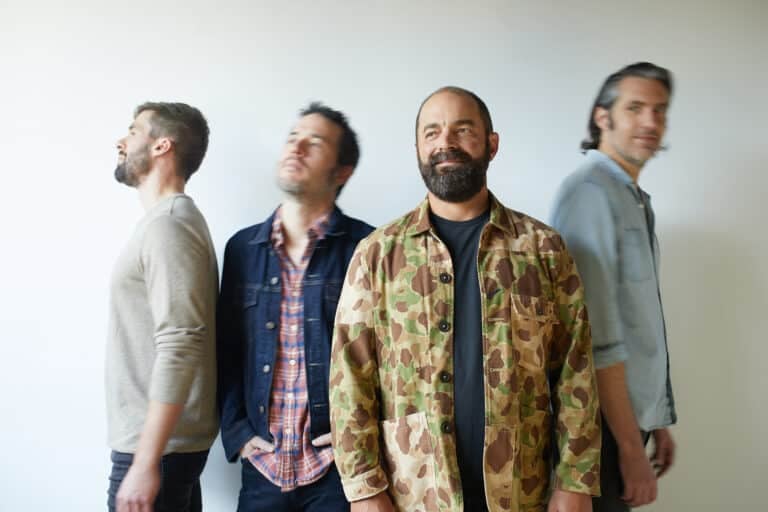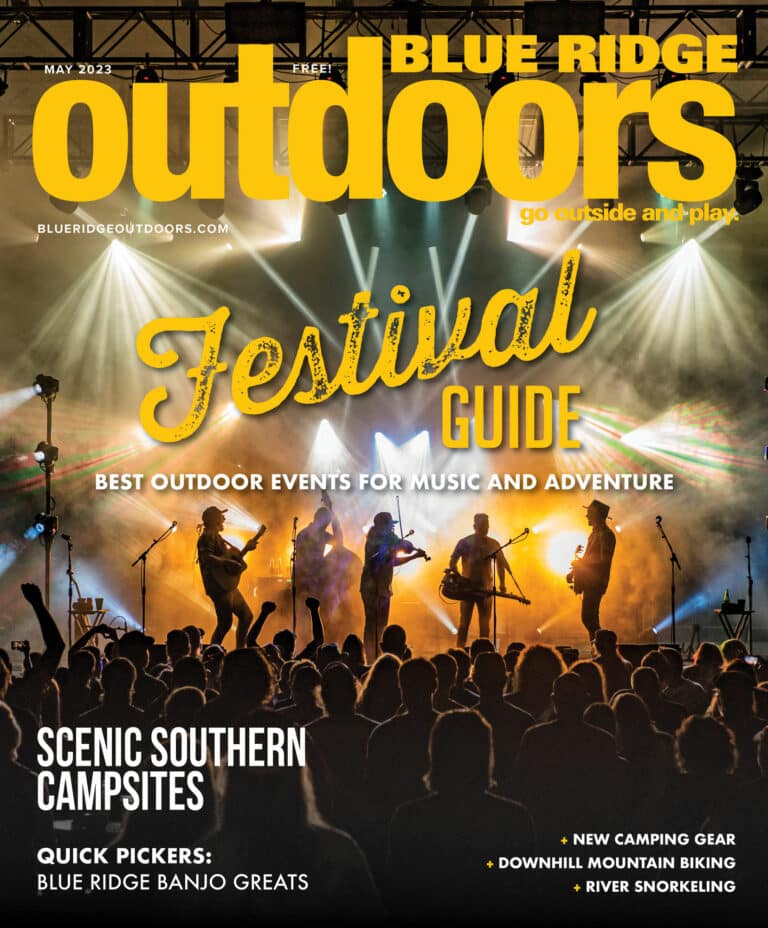I’ve recently read some online discussions about course markings, especially in trail races. The question has arisen as to where the responsibility lies in ensuring that runners complete the correct course. Is it the runner or the race director who is at fault when a turn is missed? I have nightmares about trail races in which I come to an intersection and realize I have no clue which way to go. I inevitably choose the wrong direction and end up in some twisted maze where I’m reduced to a frantic search for my whereabouts.
I recently ran a trail race where this fear came to fruition. It was a low-key affair and I did study the map of the race but in the end it did not matter. I did not know the area so I was hyper vigilant from the start, paying attention to trail and course markings. I second-guessed my decision at every turn and became more concerned about staying on course than my position in the race. I made it successfully to the final aid station. Here, at a crucial intersection, there were no course markings. I asked the volunteers for directions and unfortunately I was sent the wrong way. The course marking were sparse throughout so I did not question this directive for quite some time. I eventually popped out somewhere else on the course and saw other runners looking at me, wondering if they had missed a turn. Seven bonus miles later I made it back to the finish and just chalked it up as a long training run.
I’m somewhere in the middle on the course marking debate. I’ve run races where I missed a turn that was clearly marked and I went from having a solid lead to barely finishing. These mistakes were clearly my fault. In another race, someone not too keen on seeing a few hundred runners in the woods removed course markings. In this case it is no one’s fault except the redneck that sabotaged the day. I do strongly feel that the onus is on the runner to pay attention, as most of the time it is our fault. Some trail runners possess good instincts and a sense of direction and really pay attention to course markings, while others have no business being in trail races and can cause all sorts of headaches for race directors. Full-scale searches can ensue, using up time, resources and money trying to find a wayward runner.
I do expect the RD to mark crucial turns and intersections and to educate their volunteers to point runners in the correct direction. Entry fees and travel expenses for races are spiraling upward. If race directors want runners to come back year after year, they need to provide positive experiences for racers. It can make for a long day if runners can’t figure out the course. It can also be dangerous if runners miss turns and run out of water and fuel.
If I choose to run a trail race where I do not know the course logistics. I try to do my homework and study the course if possible ahead of time. I talk to other runners who know the course and sometimes read old race reports — anything to help educate me on what to expect. I’ve also learned that if I’m not familiar with the trail I wear my running cap backwards. I have missed a few turns having the bill of my cap conceal a perfectly placed course marking above my head.
I’m sure everybody has experienced his or her own “missed opportunity” in a trail race. Just be careful with placing blame and realize that no matter who’s at fault, there will be always be another race.








